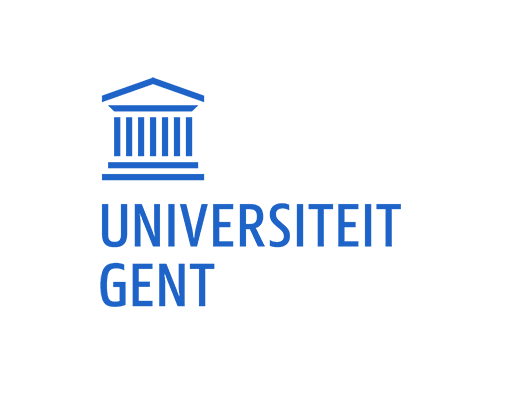Key Publication
Can community indicators live up to their expectations? The case of the Flemish city monitor for liveable and sustainable urban development
Written by Jo Van Assche, Thomas Block.
Related to Sustainable Cities, Sustainibility Indicators, Impact Assessments and Monitoring.
Abstract
The city monitor is produced to measure the liveability and sustainability of the biggest Flemish cities. Now it is an instrument for state analysis at the overall city level of an integrated urban development. The city monitor contains up to 200 indicators which relate to the quality of urban life themes such as work, housing, education, social care, safety, mobility, leisure, etc. In the first part of this paper we deal with the functions and the co-design of this policy instrument. All those community indicators have a triple function: measuring, learning and communicating. By collecting data on phenomena in the urban society, the city indicators are measuring the state of the city. Each indicator provides feedback on the evolution of a multitude of phenomena, and so it is an instrument for policy learning about the liveability and sustainability of the city. Indicators simplify the communication about societal problems and in that sense they are helping the communication between local government and actors in the urban society. In the first part we focus as well on the participatory process of vision building in order to produce relevant and interpretable indicators on quality of life in Flemish cities. The co-design methodology of the city monitor has two innovative characteristics. First of all, the indicators of this city monitor were constructed on the basis of a normative vision about liveability and sustainability in Flemish cities. The clear link of each of the 200 indicators with that vision makes it possible to process the basic data and statistics into vital signs the quality of life in Flemish urban communities. Secondly, the city monitor was being developed with the participation of about two hundred experts, coming from city governments and other administrations, civil society (NGO’s) and academic world. Their participation fosters the use of the indicators. In the second part attention is paid to the implementation context of this rather strategic instrument within the city organisation. We look more specifically to the recent use of the instrument at the level of the city authorities. The city monitor is certainly meant as an input for urban policy debate about the quality of life in the major Flemish cities. Does it live up to its expectations? And will the vision on urban sustainability stir up the accountability of all stakeholders for an urban sustainable development? In sum, the Flemish city monitor is a policy instrument that is meant to give input in the city debate, and raise accountability and therefore can foster societal change.
